
All categories
Featured selections
Trade Assurance
Buyer Central
Help Center
Get the app
Become a supplier

(1064 products available)


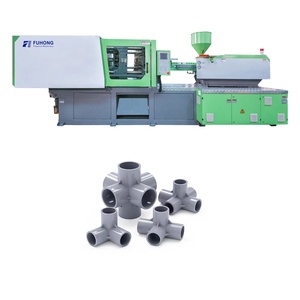

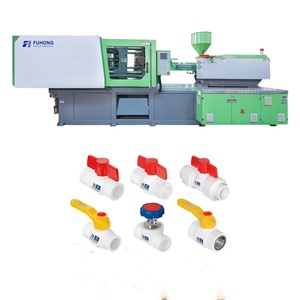



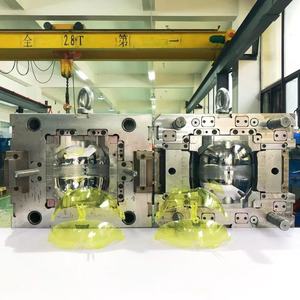




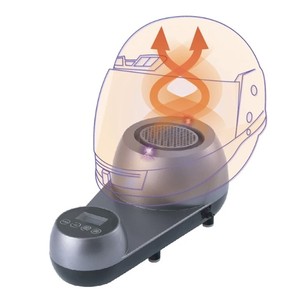
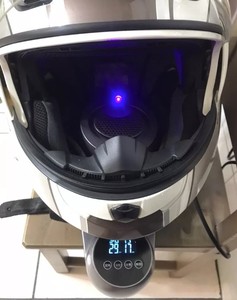
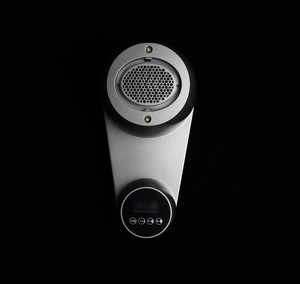





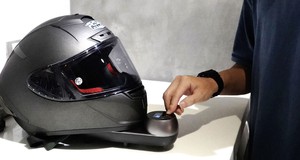

The motorcycle helmet making machine refers to the equipment used to produce motorcycle helmets, which can provide a range of manufacturing processes, from creating raw materials to final assembly and packing. The helmet is generally made up of the outer shell, impact-absorbing liner, comfort padding, and chin strap and buckle system. Therefore, the making of a motorcycle helmet includes various production and manufacturing techniques such as molding, foaming, surface treatment, and more.
The following are some popular helmet-making machines and methods:
In addition to the above-mentioned types, some advanced helmet-making machines can manufacture helmets for all sorts of machinery and industries. The main difference is that those helmets are usually made to withstand impacts from high-energy levels and therefore require a more robust construction with more advanced materials. Specialized equipment is often used to ensure that these helmets adhere to the more stringent safety and quality standards.
The uses of the motorcycle helmet-making machine correspond to different industry trends and market needs.
Production of helmets
Helmet-making machines can produce different types of helmets to meet market demand. This includes manufacturing helmets for motorcyclists and other niches, such as bicycle helmets, construction helmets, and firefighting helmets, among others. The machines can also produce helmets with varied features and accessories, such as sun visors, double-lens, anti-fog lenses, which cater to specific user needs.
Customization services
Some helmet machines have the capability to make customized helmets. This includes adjusting the designs and patterns on the helmet's shell, as well as its color and logo. Such customization is popular among motorcycle clubs and tourism companies with motorcycle fleets. They are looking for unique branding.
Production for export
In regions where the roads are less populated and there is low demand for motorcycle helmets, helmet makers often look for markets for export. Helmet-making machines can produce helmets that comply with the international standards of helmet safety and quality. Helmet exporters usually look for helmet-making machines that can customize helmets as per the import country's customer needs.
Replacement parts and accessories
Besides helmets, helmet-making machines can also be used to manufacture helmet spare parts. This includes replacement accessories such as chin straps, retention systems, padding, and visor clips, among others. Depending on the accessories needed, helmet-making machines can be outsourced to do small or large production runs.
In-house helmet production
Some companies first look for a helmet-making machine before they venture into helmet production. Most of these companies are small to medium enterprises that want to create niche helmets for specific markets.
When purchasing a motorcycle helmet manufacturing machine, buyers must get equipment that meets their production requirements and budget. To start with, buyers need to assess the MPHCs they want to produce and settle on a machine that is suitable for manufacturing the specific types of helmets required. In this case, they should consider the machine's capacity and ensure that it aligns with their desired production volume.
Also, buyers should choose quality materials for the helmet to ensure durability and safety. As a result, they should select a helmet-making machine compatible with the specific materials chosen. Additionally, buyers should purchase machines that are easy to operate because helmet production entails complex manufacturing steps and processes.
Furthermore, it is important for buyers to consider the footprint of the helmet production line and take into account the amount of space available in their premises. After identifying the footprint of the machines, they should allocate adequate space for installation and operation. More importantly, buyers should ensure the helmet production machine they are purchasing meets safety standards. As a result, they should look for machines that have safety features and comply with relevant regulations.
Buyers should also negotiate for warranties and after-sale services when purchasing helmet-making machines to ensure support and protection. They should also look for manufacturers with extensive experience in the industry to ensure they are getting quality products.
Q1: What are the trends in motorcycle helmet manufacturing?
A1: Recently, the growth rate of the motorcycle helmet market has changed. In 2022, the market growth was stable, and it is expected that the market will continue to grow in the next few years. The global motorcycle helmet market size was about 3.66 billion dollars and is expected to reach 4.27 billion dollars in 2030.
Q2: Can a custom motorcycle helmet be optimized for mass production?
A2: The motorcycle helmet-making machine can be customized according to different materials to meet various production needs. At the same time, the equipment has a high production efficiency, which can optimize the customization process and improve production efficiency.
Q3: What are the challenges in producing motorcycle helmets?
A3: The production of motorcycle helmet machines faces many challenges, such as the strict requirements of safety standards, the availability and cost of raw materials, and the increasing demand for helmet diversification and personalization.
Q4: What are the ways to ensure the quality of helmets produced by helmet-making machines?
A4: The quality supervision system should be established, and the testing and inspection equipment should be provided. The strict quality control of each production link should be implemented, including the raw material quality, production process, and final product inspection.